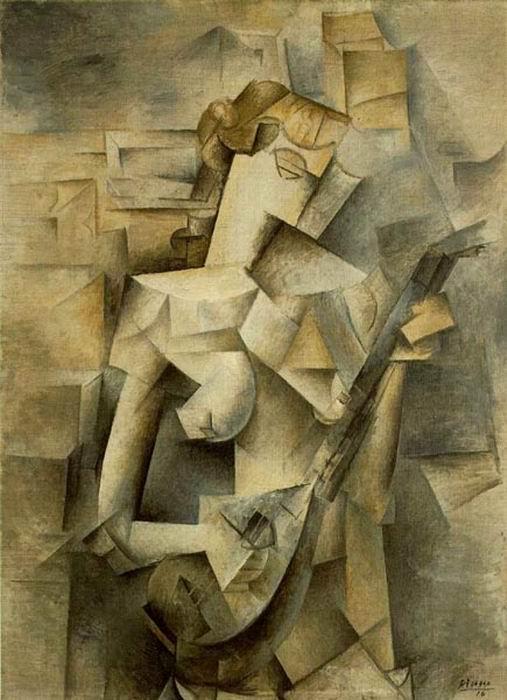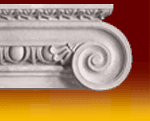|
Cubism was a movement in 20th-Century art concerned with the depiction of objects and people through fundamental geometric
shapes. Cubists distorted images by overlapping or interlocking shapes to represent different angles of subject matter. They
rejected the realism and the emphasis of light and colour in conventional 19th- and 20th-Century Impressionist painting to
adopt the technique of simultaneously portraying separate perspectives of subject matter. The name 'Cubism' was a derogatory
term invented by the critic Louis Vauxcelles at one of Braque's exhibitions in 1908.
Cubism had a profound effect on the manner in which material was classically depicted, as the fundamental techniques used
in painting had not altered since the Renaissance. In consideration of the influence it had over the development of art in
the twentieth century, cubism is presently regarded as the foundation of abstract and subjective art.
The two artists Georges Braque and Pablo Picasso were main contributors to the development of Cubism, working together
from 1907 to the beginning of World War I in 1914. They drew much of their inspiration from tribal African and Oceanian art,
which they marked for its energy and its inaccuracy in the depiction of subject matter. Another artist in the movement, Paul
Cézanne, stated that "Everything in nature takes its form form the sphere, the cone, and the cylinder". Other Cubist
painters that helped in the development in the movement were Albert Gleizes, Robert Delaunay, Fernand Léger, Francis Picabia,
Marcel Duchamp, Roger de La Fresnaye and Juan Gris. Notable Cubist sculptors include Picasso, Raymond Duchamp-Villon, Jacques
Lipchitz and Aleksandr Archipenko. Books that helped in the progression of Cubism as a movement were Cubisme by Albert Gliezes
and Jean Metzinger and Les Peintres Cubistes by Guillaume Apollinaire.
Two branches of Cubism are Analytical Cubism, which developed in about 1910, and Synthetic Cubism, which began about the
year of 1912. Analytical Cubism consists of an artist breaking down an object and painting the fundamental geometric shapes
(particularly the cube and the cone) of which it is composed. In Synthetic Cubism, abstract artworks were created by the artist
producing a mixture (or synthesis) of shapes. Early Analytical Cubists used soft greys, browns, greens and yellows to avoid
naturalistic and emotional effects, but two years after Synthetic Cubism was introduced in 1914 Cubists began introducing
brighter colours into their paintings.

"Woman Playing" - Pablo Picasso
This painting by Pablo Picasso is a prime example of the early Cubist use of colour and form: cylindrical and cubical
shapes are painted together to create the overall illusion (a woman with a mandolin) and there is no colour other than diffused
yellows, greys and browns apparent.
Back
|

